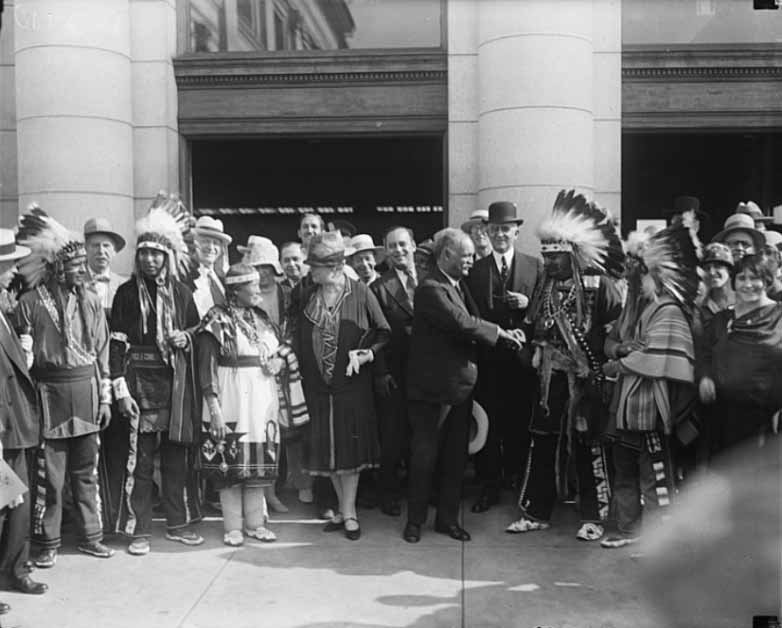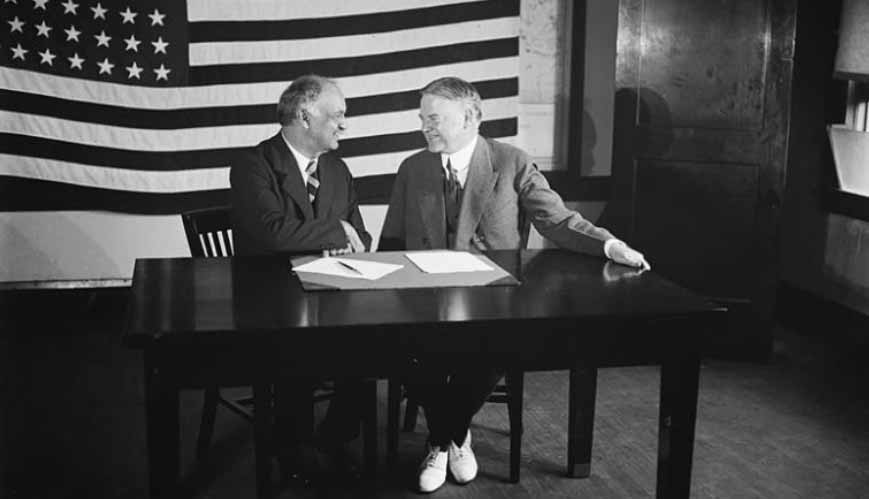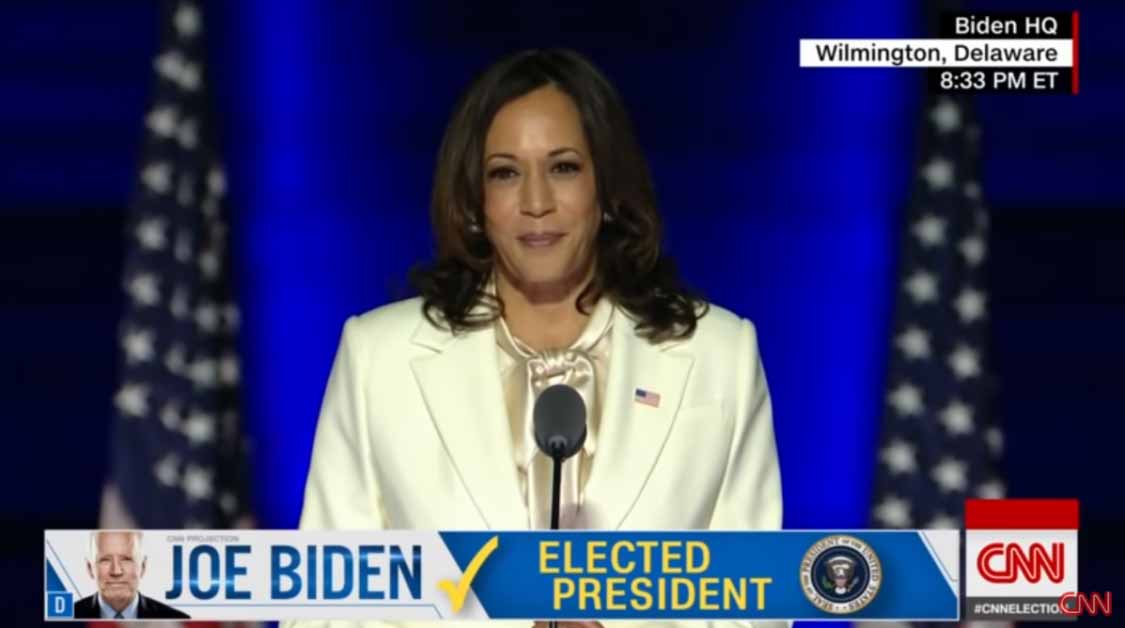Who was the first person of color to become US vice president?
On Saturday, Kamala Harris made history as America’s first woman, first Black, and first South Asian vice president-elect. However, Harris is not the first person of color to serve as vice president of the United States, CNN notes.

In 1928, when Herbert Hoover became the 31st US president, Charles Curtis – a Native American lawmaker and a member of the Kaw Nation, was elected as Hoover’s vice president.
As the US Senate reveals, Curtis was the great-great-grandson of White Plume, a Kaw chief known for offering to help the Lewis and Clark expedition in 1804.
During much of his childhood, the 31st VP was living with his maternal grandparents on the Kaw reservation in Council Grove, Kansas. Interestingly, he was fluent in Kansa, the Siouan language of the Great Plains, even before being able to speak English. However, Charles’ grandmother encouraged him to return to his birthplace Topeka to live with his father and continue his education. Curtis himself once said:
“I took her splendid advice and the next morning as the wagons pulled out for the south, bound for Indian Territory, I mounted my pony and with my belongings in a flour sack, returned to Topeka and school. No man or boy ever received better advice, it was the turning point in my life.”
What was the turning point of Charles Curtis’s life?
The valuable advice Curtis received from his grandmother entirely changed his life. After returning to Topeka, he became an attorney and later became significantly interested in politics. At only 32, he was elected to US Congress, where he served in the House and Senate.
Being in the role of a senator, Curtis helped prevent Woodrow Wilson from having the US join the League of Nations. Following the 1928 presidential election, Wilson lost to Hoover, who made Charles Curtis his vice president.

Even before becoming the first person of color to serve as US vice president, Curtis was well-known for sponsoring “An Act for the Protection of the People of the Indian Territory and for Other Purposes,” also known as the Curtis Act of 1898. The law allowed members of tribes to vote and established public schools on tribal lands. Moreover, it helped lead to the disintegration of the Indian nation.
As a result of the Curtis Act, some Indian tribal governments and lands were broken up, which overturned multiple treaty rights “by allocating federal lands, abolishing tribal courts, and giving the Interior Department control over mineral leases on Indian lands.”
A few days ago, Kamala Harris made history by becoming the first woman elected VP in the United States.
In Wilmington, Delaware, Harris made a serious statement:
“While I may be the first woman in this office, I will not be the last.”

Her election serves as a milestone for women across the US who have been fighting for equal rights and representation in American life for centuries. She continued:
“Because every little girl watching tonight sees that this is a country of possibilities, and to the children of our country, regardless of your gender, our country has sent you a clear message: Dream with ambition, lead with conviction and see yourselves in a way that others may not, simply because they’ve never seen it before. But know that we will applaud you every step of the way.”


